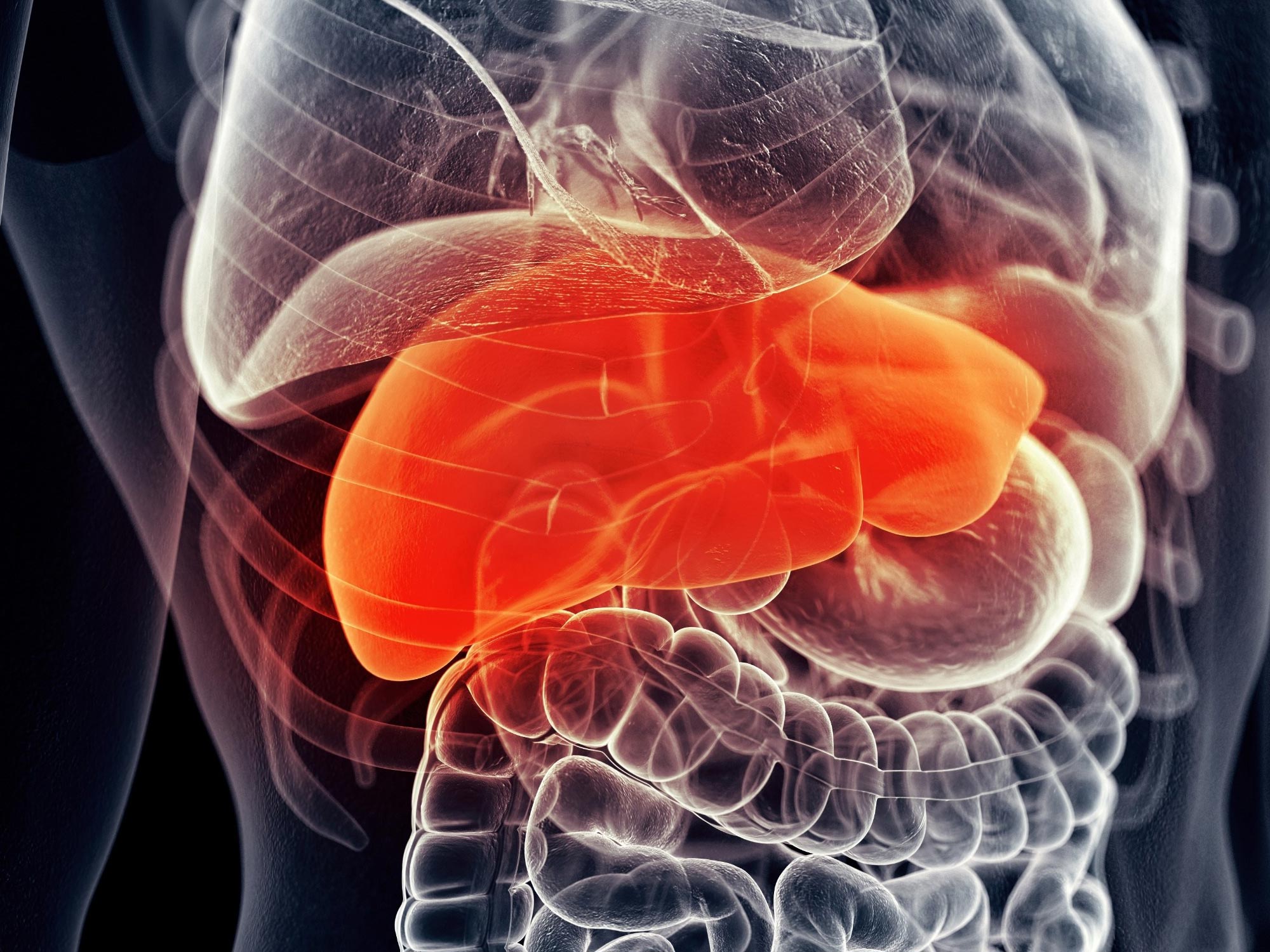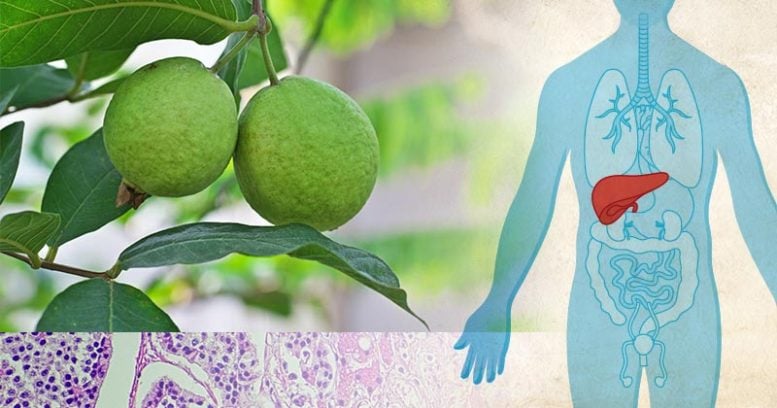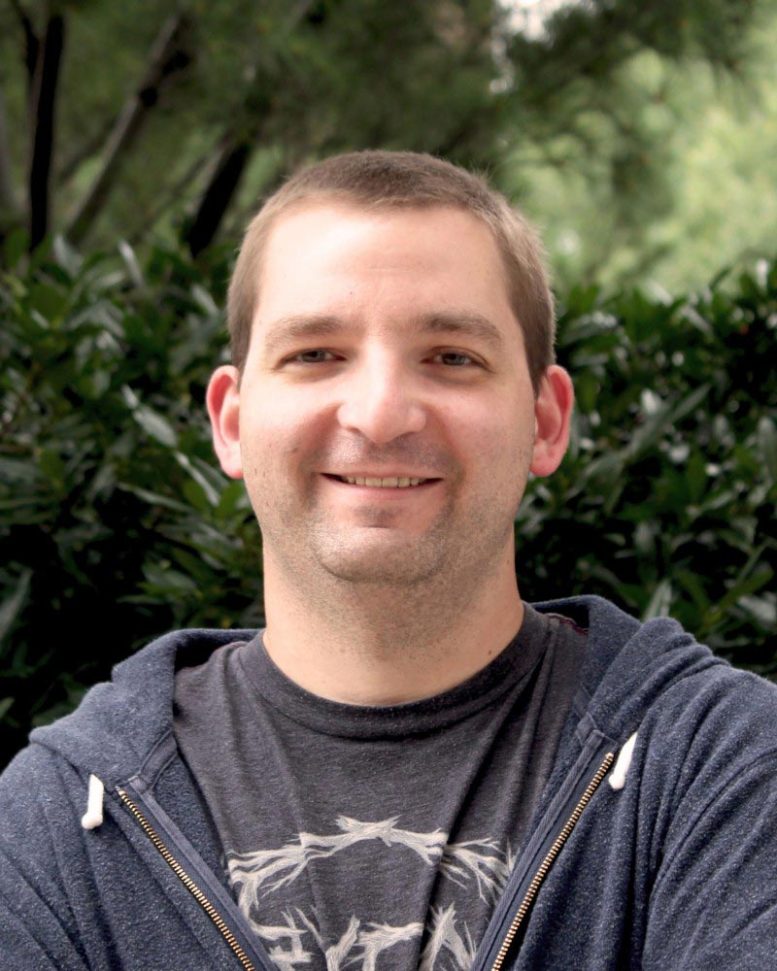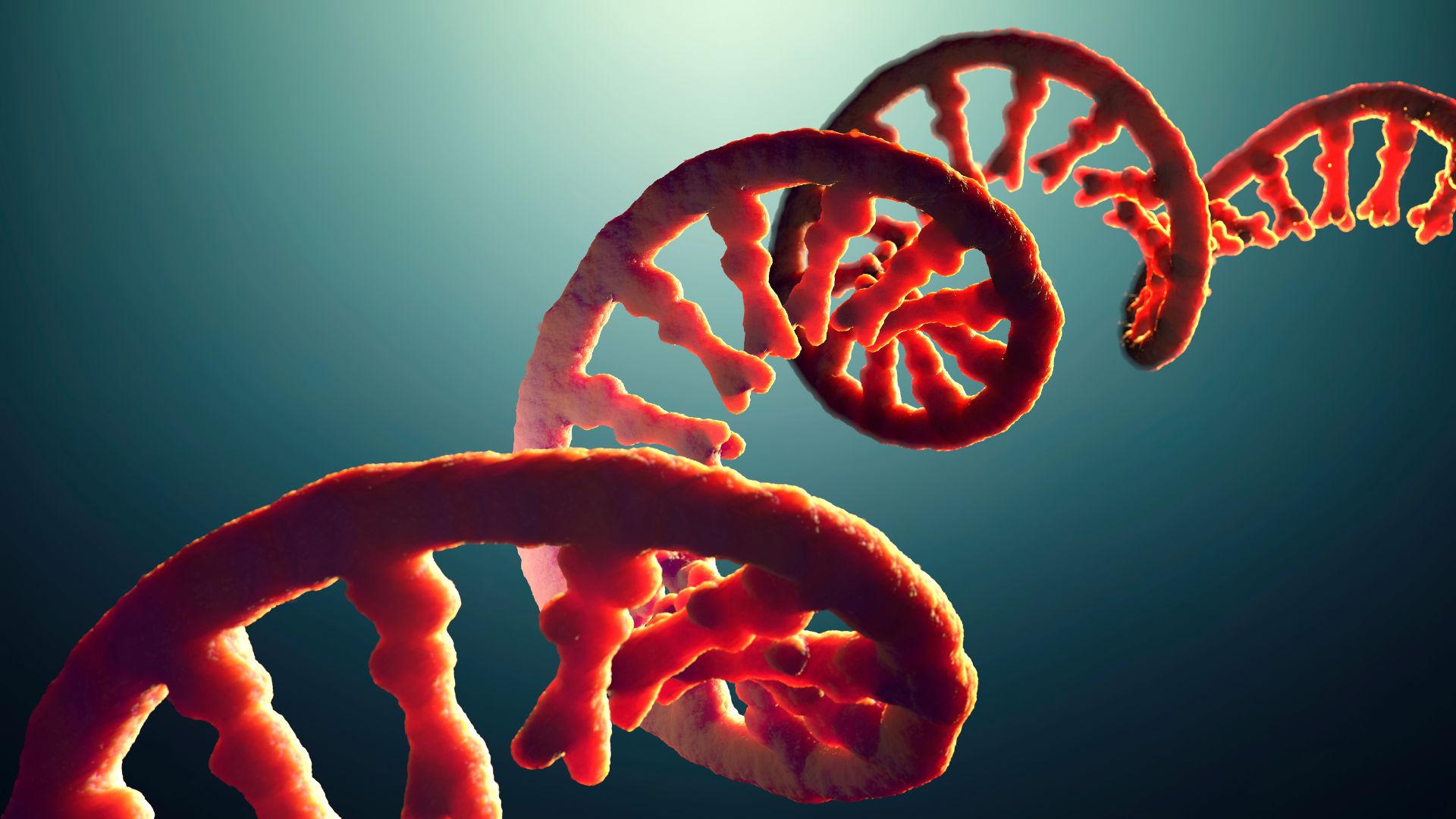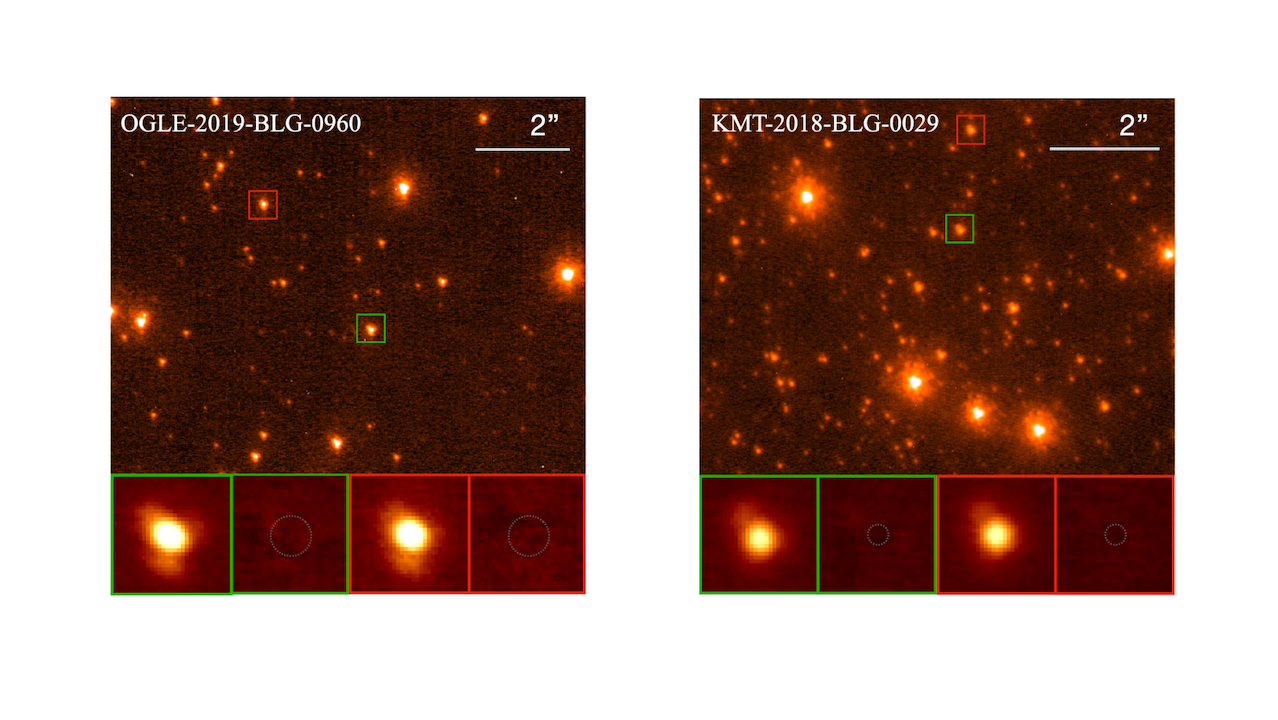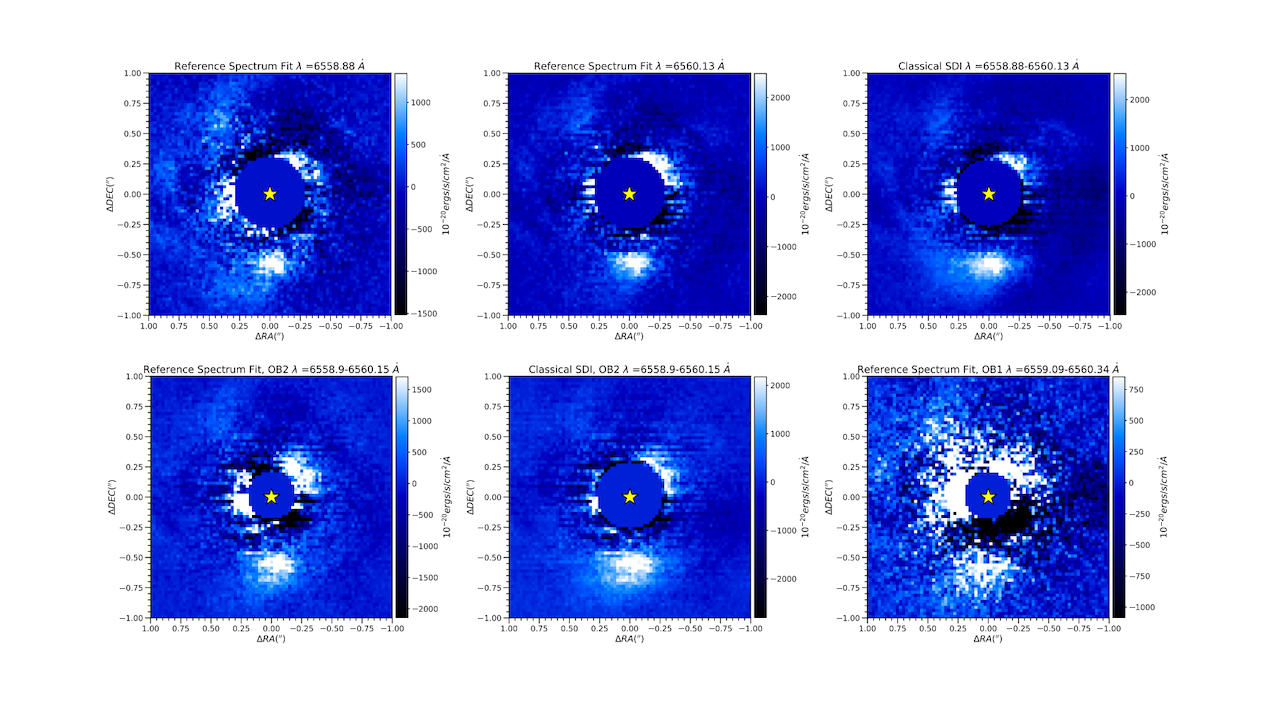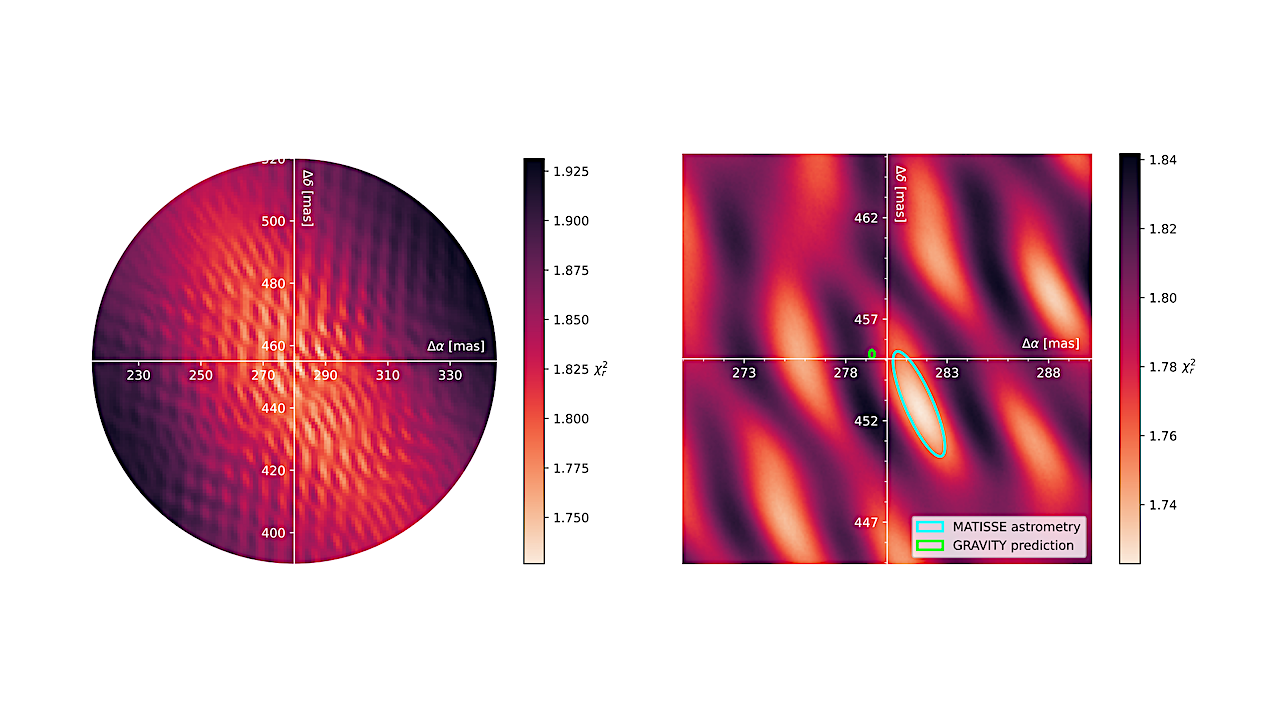Disruption of KMT2D is associated with autism and other neurodevelopmental delay (NDD) phenotypes
We assemble genotype and phenotype data for 9 affected individuals from 9 unrelated families with predicted deleterious variants in KMT2D through literature and two web-based databases (DECIPHER and ClinVar) (Table S1). This includes 5 individuals with de novo (n = 4) and transmitted (n = 1) truncating variants, 1 individual with missense variant, and three with unknown variants (Fig. 1A).
The probands were diagnosed with autism (100%, 9/9). Intelligence disability (100%, 8/8), dysmorphic facial features (100%, 7/7), cardiac anomaly (57.14%, 4/7), Speech delay (50%, 3/6), and hypotonia (50%, 3/6) were commonly co-occurred. In addition, clinodactyly of the fifth finger (42.86%, 3/7), motor delay (33.3%, 2/6), anxiety (33.3%, 2/6), joint laxity (33.3%, 2/6), hearing loss (28.57%, 2/7), feeding difficulties (28.57%, 2/7), hyperactivity (16.67%, 1/6), coordination difficulty (16.67%, 1/6), and sleep problems (16.67%, 1/6) are also observed in subsets of the patients (Fig. 1B and Table S2). In summary, a wide range of ASD or NDD phenotypes are present in probands with KMT2D mutation.
Knockout of zebrafish kmt2d leads to developmental delay and autism-like behaviors
To examine whether KMT2D plays an evolutionarily conserved role, we utilized zebrafish models. We targeted the gene using the CRISPR/Cas9 system and generated a -92 + 6 bp deletion allele for kmt2d, which introduces frame shifts and early truncations in the corresponding proteins (Fig. 2A). Additionally, we conducted sanger sequencing, agarose gel electrophoresis and RT-qPCR to confirm the knockout effect of kmt2d mutant (Fig. 2B, C; Figs. S1, S4). Specifically, we conducted heterozygous-by-heterozygous crosses for the −92 + 6 bp deletion alleles and screened for phenotypes, with particular emphasis on the organs and systems affected in patients with KS. The kmt2d−/− embryos exhibiting morphological abnormalities, including tail bending, yolk malformation, pericardial edema (Fig. 2D), and reduced body length at different developmental stages (Fig. 2F). RT-qPCR analysis confirmed that kmt2d mRNA expression was significantly reduced at three points in embryos with KS phenotypes (Fig. 2E). Our results indicated that the zebrafish kmt2d knockout line has been successfully established and can be utilized for further experiments.
To investigate whether kmt2d haploinsufficiency leads to autistic-like behaviors in zebrafish as it does in human, we monitored the social behavior of kmt2d+/− male adult zebrafish (12 weeks of age), in which a single kmt2d allele is inactivated. Zebrafish are gregarious animals with a strong inclination toward social activity. Their social preference behavior served as indicators of their social tendencies. In our research, we examined how kmt2d+/− zebrafish interacted socially. In the social preference test, the kmt2d+/+ zebrafish consistently moved through the designated social zone throughout the trial, while the kmt2d+/− zebrafish exhibited aimless swimming patterns. The kmt2d+/− zebrafish exhibited notable differences in behavior compared to their kmt2d+/+ counterparts. Specifically, they spent significantly less time in the social zone (Fig. 2G, H). Despite maintaining typical motor skills (Fig. 2I), these kmt2d+/− zebrafish displayed a propensity for large circular movements, a repetitive behavior commonly observed in zebrafish and similar to behaviors seen in individuals with autism (Fig. 2G).
Kmt2d deficiency mice showed defects in social behaviors and had repetitive behavior
Using published single-cell RNA sequencing datasets16 (CNP0003837), we found that Kmt2d is widely expressed in different subregions of the hippocampus and in various types of neurons (Fig. S2A, B), and further confirmed the expression of KMT2D in the hippocampus via immunofluorescence experiments (Fig. S2C). To elucidate the relationship between the function of KMT2D in the hippocampus and autism-like behaviors, we selectively knocked down the Kmt2d gene in the hippocampal region of mice and examined its impact on their social behavior. We firstly screened for effective RNA interference (RNAi) fragments targeting Kmt2d in mouse HT22 cells (Figs. S3A–C; S5B, C). Then, adeno-associated virus (AAV) vectors carrying Kmt2d-shRNA (AAV-RNAi) or control-shRNA (AAV-nc) were injected into the hippocampus, respectively. After a four-week post-injection period, we analyzed sections of mouse brain tissue under a fluorescence microscope and observed positive GFP expression specifically in the hippocampal region (Fig. 3A). The results of RT-qPCR demonstrated that the expression level of the kmt2d gene was significantly reduced in the AAV-RNAi group compared to the AAV-nc control group (Fig. 3B). Given that KMT2D functions as a histone methyltransferase responsible for catalyzing the formation of H3K4me3, it is not surprising that the H3K4me3 levels were also decreased in the hippocampus of mice with kmt2d knockdown (Figs. 3C, D; S5A). These results indicate that we have successfully established a mouse model with hippocampal-specific knockdown of kmt2d.
We assessed social behaviors in adult mice using the three-chamber sociability and social novelty tests (Fig. 3E). Control mice (AAV-nc) typically preferred social stimuli and spent more time with novel mice. In contrast, Kmt2d deficiency mice (AAV-RNAi) showed no preference for social stimuli or novel mice (Fig. 3I–L). Motor skills were normal in Kmt2d deficiency mice (Fig. 3F, G). Additionally, Kmt2d deficiency mice exhibited increased repetitive behaviors, burying more marbles than controls in the Marble Burying Test (Fig. 3H). Thus, Kmt2d deficiency mice displayed abnormal social behaviors and increased repetitive behaviors.
Knockdown of Kmt2d decreased excitatory and increased inhibitory synaptic transmission
To elucidate the neural mechanisms underlying the observed phenotypes, we further examined how the Kmt2d gene in the rat hippocampus influences the excitatory-inhibitory (E/I) balance—a key pathophysiological mechanism implicated in autism17. Rat hippocampal slice cultures are widely used in neurophysiological studies due to their larger hippocampal structure compared to mice, which facilitates higher success rates for slice culture and easier acquisition of stable synaptic activity signals. This allows for more accurate assessment of the impact of Kmt2d knockdown on synaptic function. For these experiments we used slice cultures from 8-to 10-day-old rats. We had screened for effective RNA interference fragments targeting Kmt2d in rat B104 cells (Fig. S3D, E) first. Then, Kmt2d knockdown was performed by an AAV vector containing Kmt2d-shRNA-eGFP infusion.
Based on published single-cell data, we found that the expression level of kmt2d do not significantly differ among different subregions of the hippocampus (Fig. S2A). Therefore, we hypothesize that knockdown of Kmt2d may alter synaptic function in both the CA1 and DG regions. We performed paired recordings from a transfected cells and a neighboring control cell in CA1 and DG, with synaptic responses evoked by electrical stimulation of the Schaffer collateral pathway (Fig. 4A). Our results revealed the following: First, analysis of IPSCs in kmt2d knockdown neurons from the CA1 region revealed a significant increase in amplitude compared to control neurons (Fig. 4C). Second, knockdown of kmt2d decreased the amplitude of AMPAR -mediated EPSCs in CA1 neurons but did not significantly affect NMDAR-mediated EPSCs (Fig. 4E). Finally, we observed similar changes in IPSCs and EPSCs in the DG region, consistent with the findings in the CA1 region (Fig. 4D, F). These data indicate that knockdown of KMT2D leads to functional defects in synaptic transmission, resulting in an imbalance between excitation and inhibition.
KMT2D regulates downstream target genes related to synaptic response
To further explore the molecular mechanisms by which KMT2D regulates autistic-like behaviors, we used RNA-seq to compare the gene expression profiles from whole 3-dpf zebrafish exhibiting KS phenotypes (Fig. 5A). A volcano plot graphically illustrates the distribution of differentially expressed genes (DEGs), revealing that 892 genes were downregulated and 617 genes were upregulated transcriptionally in the mutant zebrafish model (Fig. 5B; Supplementary Data 2). Analyses of Gene Ontology (GO) analysis showed that the DEGs were significantly enriched in glutamatergic and GABAergic pathways (Fig. 5C; Supplementary Data 2). To delve deeper into the regulatory mechanisms of KMT2D on synaptic function, we observed that multiple genes (shank2, cnksr1, csmd2 and srgap3) in the glutamatergic signaling pathway were downregulated, whereas genes (camk4, gabarabp, gabarapl2 and npas4a) in the GABAergic signaling pathway were upregulated (Fig. 5D). These findings were further corroborated by subsequent qPCR validation (Fig. 5E, F).
When we compared the gene expression profiles of kmt2d+/+ and kmt2d−/− zebrafish, we made consistent observations of those made in hippocampus of Kmt2d-KD mice. A total of 996 DEGs were identified, including 469 downregulated genes and 527 upregulated genes (Fig. 5G; Supplementary Data 4). DEGs are significantly enriched in pathways related to glutamatergic and GABAergic function (Fig. 5H; Supplementary Data 5). In Kmt2d-KD mice, multiple genes associated with the glutamatergic signaling pathway, such as shank2, cnksr1, csmd2 and srgap3 are significantly downregulated, while several genes related to the GABAergic signaling pathway, including fgf7, gata3, syt1 and plcl1 are significantly upregulated (Fig. 5I–K). Interestingly, several genes in the glutamatergic signaling pathway, such as shank2, cnksr1, csmd2, srgap3, rap1gab and sipal1l, showed consistent changes in both Kmt2d-KD mice and kmt2d-KO zebrafish models (Fig. 5D, I). This finding suggests that the change of glutamatergic synapse is conserved across these two distinct species models. Totally, RNA-seq analysis revealed that under conditions of low kmt2d expression, differentially expressed genes were associated with glutamatergic and GABAergic synapses, supporting the dysregulation of E-I balance in the hippocampus.
The KMT2D network links the glutamatergic and GABAergic synaptic responses in ASD
A better understanding of the connections between KMT2D downstream genes and ASD-associated genes will help to more effectively link KMT2D to autism-like behaviors. By surveying 996 genes that were differentially expressed in the hypothalamus of Kmt2d-KD and control mice, we found that 61 genes were associated with ASD, 223 were related to glutamatergic synaptic responses, and 47 were related to GABAergic synaptic responses (Fig. 6A, B; Supplementary Data 6). As shown in Fig. 6C, the disrupted glutamatergic synaptic responses was one of the major causes of Kmt2d-deficiency-associated ASD (Fig. 6C; Supplementary Data 6).
To further illustrate the connection among KMT2D-regulated genes, we studied a network of 118 DEGs that were involved in ASD, glutamatergic and GABAergic synaptic response, using the STRING database (Fig. 6D; Supplementary Data 7). The resulting network suggested that KMT2D regulated GABAergic synaptic response via ZFPM1, whose abnormal expressions and/or mutations have been associated with ASD and other neurological disorders18,19. We found that 16 genes, including Shank2, Syt1, Ar, Tek, P2rx7, Styk1, and Rheb were ASD genes that were involved in the glutamatergic synaptic response. The network also illustrated 4 ASD genes that were associated with the GABAergic synaptic response, including Mink1, Cacna1i, Adora2a and Hivep3. Specifically, Mink1, Cacna1i, Adora2a was found to be a common gene shared by the glutamatergic synaptic response. Overall, our network further illustrates that Kmt2d deficiency increases the risk of ASD by disrupting the glutamatergic and GABAergic synaptic responses.


